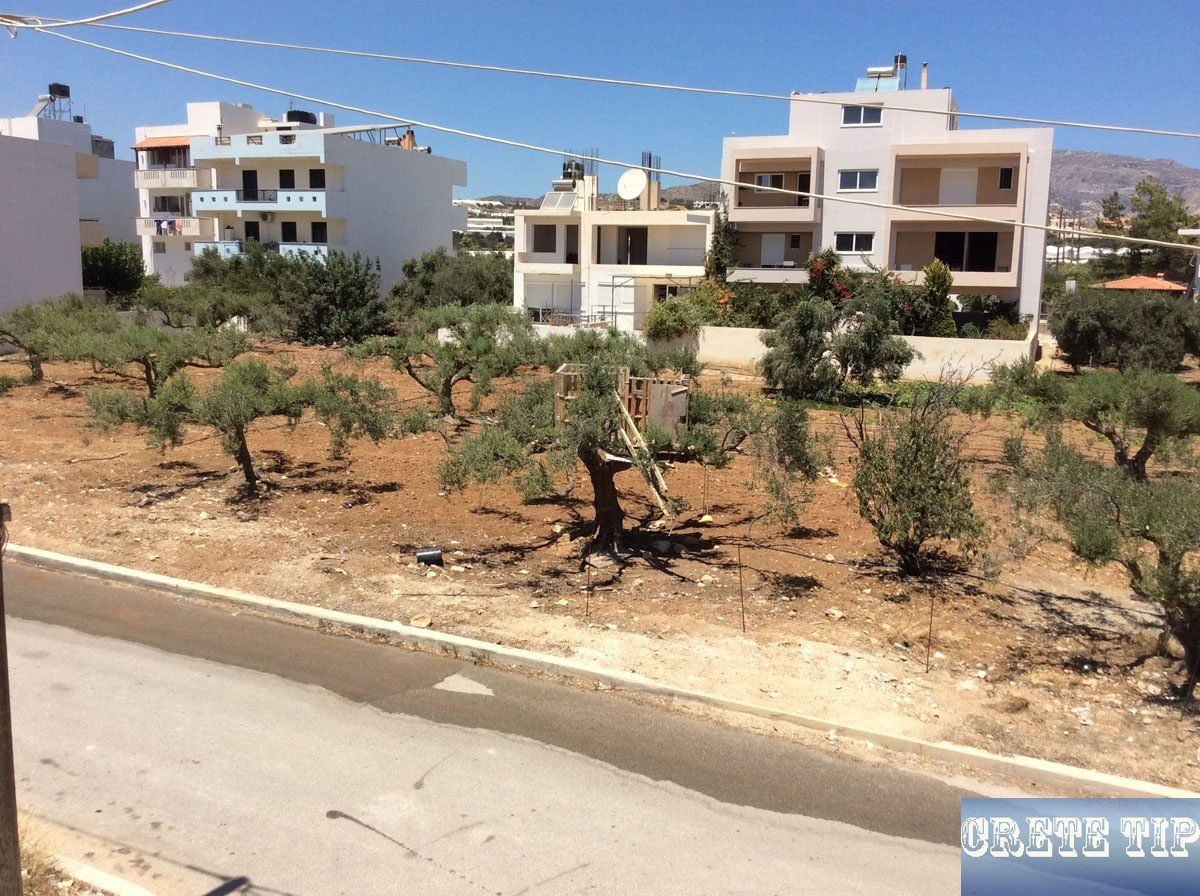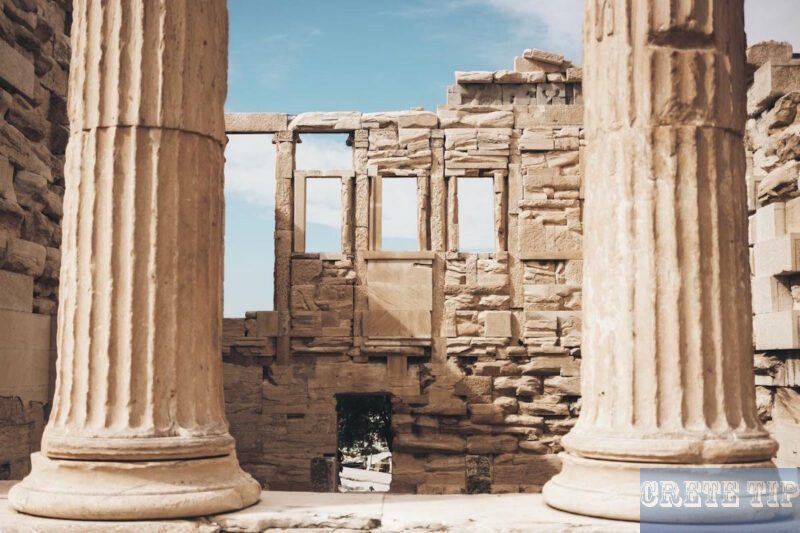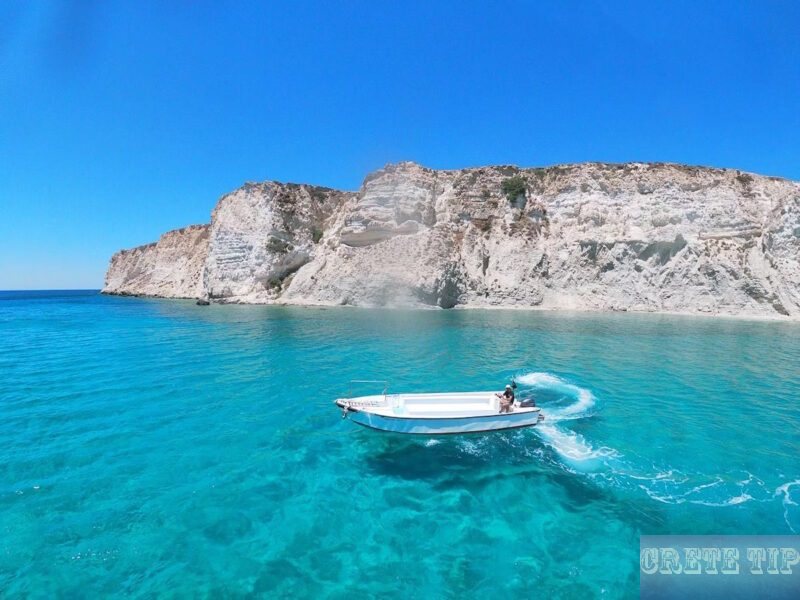Drones used to monitor beach chairs – 3,000 complaints about arbitrary behaviour.
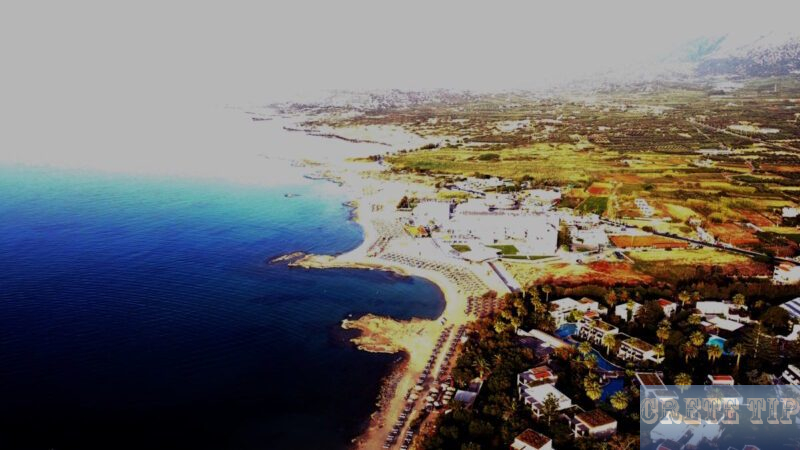
Positive Developments Show Beaches Are Better Managed Than Last Year
This year, beaches look a lot better than last summer. Last year, plenty of coastal spots felt chaotic, and people ignored the rules, especially when it came to sunbeds and umbrellas.
Authorities have collected thousands of reports about violations on beaches. They’ve already investigated over half of these complaints.
Where they found violations, they handed out penalties. Enforcement is happening and you can feel it.
On-site teams still handle most inspections, using old-school tools like tape measures and checking permits. Their main job is to make sure beach operators follow their licenses and don’t overdo it.
With August coming up—peak season—officials will start flying drones over the beaches. These drones should spot problems fast, either after someone complains or just as a precaution.
There’s also a digital platform that’s become pretty crucial for managing beaches. It lets both officials and regular folks report problems and check if the rules are being followed.
This digital system makes enforcement more transparent and honestly, a bit more effective. It’s easier for everyone to keep track.
Stricter fines, more immediate inspections, and better licensing have really helped. More responsible operators are stepping up, and that keeps things in order.
So far, authorities have granted over 10,500 beach use licenses, with almost 1,000 just this year. This approach keeps overcrowding in check and supports sustainable use of the coast.
Key benefits popping up include:
- Better respect for environmental rules.
- Organised placement of sunbeds (ξαπλώστρες) and umbrellas (ομπρελοκαθίσματα).
- Reduced illegal occupation of shorelines.
- Enhanced public safety and comfort.
The Leading Regions
All across Greece, people have raised a lot of complaints about unauthorised use of beach areas and blocked public access. The big issues? Illegal coverage of beach space and blocked entry, often when someone tries to claim a private patch of sand.
Some regions really stand out for violations. Eastern Attica and the Chalkidiki peninsula have gotten the most complaints this summer.
Those two regions are the main hotspots for breaches tied to beach concessions and management.
Region |
Number of Complaints |
Notable Areas |
|---|---|---|
Eastern Attica |
396 |
Saronic Gulf area (106) |
Chalkidiki |
351 |
Entire peninsula |
Magnesia |
189 |
|
Rhodes |
164 |
|
Preveza |
133 |
|
Corinthia |
101 |
Kiato area (52) |
Corfu |
79 |
|
Thasos |
84 |
|
63 |
||
Kavala |
64 |
|
Pieria |
39 |
Aitoloakarnania: 33
Eastern Attica: 396, of which 106 are in the Saronic Gulf area
Andros: 10
Argolis: 17
Arcadia: 4
Achaea: 51
Boeotia: 1
Western Attica: 9
Evros: 16
Euboea: 72
Zakynthos: 50
Ilia: 12
Heraklion, Crete: 45
Thasos: 84
Thesprotia: 17
Thessaloniki: 65
Thira: 21
Ikaria: 10
Ioannina: 5
Kavala: 64
Kalymnos: 35
Karpathos: 7
Kastoria: 3
Kea-Kythnos: 7
Corfu: 79
Kefalonia: 17
Corinthia: 101, of which 52 are in the Kiato area
Kos: 24
Laconia: 9
Larissa: 25
Lasithi: 15
Lesbos: 13
Lefkada: 37
Lemnos: 8
Magnesia: 189
Messenia: 62
Milos: 13
Mykonos: 33
Naxos: 20
Argosaronic Islands: 59
South Attica: 29
Xanthi: 3
Paros: 35
Piraeus: 4
Pieria: 39
Preveza: 133
Rethymno: 16
Rodopi: 9
Rhodes: 164
Samos: 12
Sporades: 28
Syros: 12
Tinos: 15
Fthiotida: 6
Fokida: 7
Chalkidiki: 351
Chania: 63
Chios: 3
The Ministry of Digital Governance has started sending drones over these zones. They want to control illegal sunbed setups and make sure concession contracts are followed.
Aerial surveys and satellite images help check if people use beaches as they should—or if they’re breaking the rules.
In popular Chalkidiki spots like Pevkochori and Polychrono, drone flights have ramped up. These flights help land management services keep an eye on concessions and spot unauthorized use.
Using drones and satellite imagery is becoming the norm for the ministry and real estate services. This tech lets them watch and document violations in real time, no need to always be on site.
Drones also grab important data in eastern Attica, where beach access is a touchy subject. These places deal with big crowds and lots of tourists, so public spaces get squeezed and illegal practices pop up.
Some coastal zones in Crete, like Rethymno and Lasithi, don’t have as many cases but still stay on the radar. Inspections there also check if contracts for coastal land use are up to date, making sure public rights aren’t ignored.
All this data helps plan and hand out beach concessions more wisely. The goal? Balance tourism with keeping shorelines open for everyone.
Penalties and Enforcement
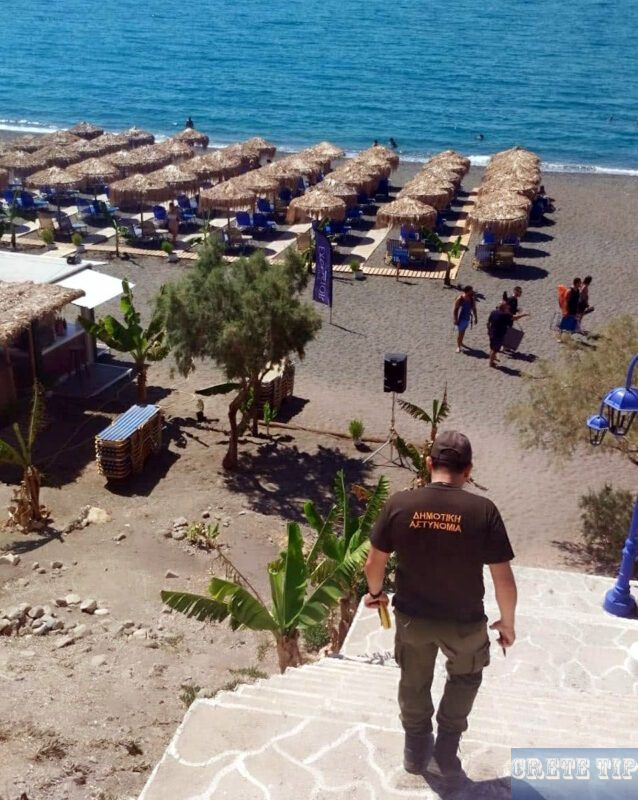
If someone occupies a beach or coastal area without a valid rental contract—or goes beyond their contract—authorities issue a removal order right away. This order demands that people remove all movable items from the beach or coast within 48 hours, no matter how long the illegal occupation lasted.
They also have to tear down any illegal constructions. If a business is operating on the beach without permission, like a beach bar, the authorities (Property Service or the municipality) will issue a removal order and seal the place shut.
They mark the sealed spot with tape and a sign explaining the closure in Greek and English. No one’s allowed in, period.
Financial Penalties
Penalties are meant to make illegal use of coastal areas just not worth it. Here’s what you’re looking at if you break the rules:
Violation |
Penalty Details |
Additional Consequences |
|---|---|---|
Illegal construction or modification |
Fine equal to four times the rent value, multiplied by the number of years of the violation, up to five years |
Exclusion from any coastal lease process for ten years |
Illegal occupation without contract |
Fine equal to four times the rent value for the occupied area |
Exclusion from coastal leases for five years |
Repeat occupation by an operating business |
Temporary suspension of business operations for ten days; cash register sealed by tax authority |
Exclusion from coastal leases for ten years |
On top of these, urban planning authorities can hit you with even more fines. It’s a tough stance, but maybe that’s what these crowded beaches need right now.
Official Monitoring and Controls
Several agencies, including customs and the Ministry of Finance, handle enforcement with regular checks. They use newer tech—like drones—to keep an eye on beach areas and catch violations faster.
The University of the Aegean and the Hellenic Space Centre jump in too, lending research and tech support to help these efforts.
Public complaints really matter here. People have sent in thousands of formal reports, which push authorities to investigate and take action.
Strict fines, immediate removal orders, and business closures all work together with modern monitoring tools. It’s a pretty determined attempt to protect coastal zones from unauthorized use.
Frequently Asked Questions
What types of beach violations are typically logged by the MyCoast app?
The MyCoast app records several types of beach violations. Common complaints include tourist establishments overstepping their assigned area for umbrellas and sunbeds. Reports also involve illegal constructions and installations on beach property. Other issues often logged are unauthorised commercial activities and littering.
How can individuals report beach violations using the MyCoast app?
Users can report beach violations through the MyCoast app by following a simple process. After downloading the app, they need to create an account. Then, they can take photos of the violation and upload them with a brief description. The location is automatically tagged using GPS.
What actions are taken once a beach violation is reported through the MyCoast app?
Once a violation is reported, the information is reviewed by the relevant authorities. If the complaint is validated, steps are taken to address the issue. This may include issuing fines to the violators, removing illegal structures, or taking other regulatory actions.
Are the reports of beach violations made through the MyCoast app accessible to the public?
The reports logged through the MyCoast app are not directly accessible to the general public. However, summary data, such as the number of violations and types of issues reported, is often made available through official channels. This helps in maintaining transparency and public awareness.
How does the MyCoast app ensure the accuracy of the beach violation records?
The MyCoast app ensures the accuracy of its records through several measures. Users are required to provide photographic evidence with their reports. The GPS tagging helps to ensure the correct location of each reported violation. Furthermore, each complaint undergoes a review process by local authorities before any action is taken.
What impact have the recorded beach violations on MyCoast app had on coastal management policies?
The recorded beach violations on MyCoast have significantly influenced coastal management policies. They provide data that helps in understanding the common issues and areas that need stricter regulations. The insights gained from these reports have led to more effective enforcement of beach rules and improved management practices.

